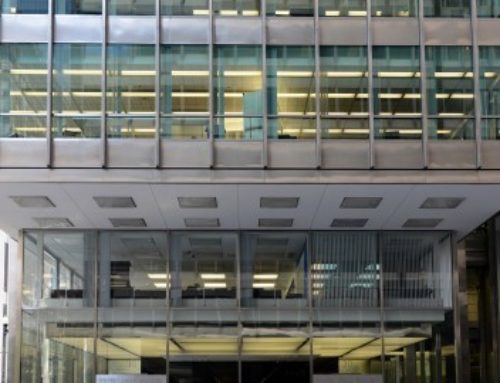By Howard Ecker
I was having a talk with a good friend of mine who is quite involved in the tech community and actually understands real estate from the tech point of view. Whether it be one click on Amazon, a Google search for almost anything or the instant gratification of booking something on Airbnb in a matter of seconds, short-term instant gratification is a big factor in modern decisions.
Now let’s relate this to office space in particular, which is our sector of the real estate market. Law firms are adding people while at the same time reducing space and the same can be said for most Accounting firms. Additionally, corporations such as IBM are moving large blocks of space to co-location spaces like WeWork. They are doing this most importantly, because it is smart and does not dictate a long-term commitment. In other words, if they are not sure of the long-term business plan, they are not burdened by a long-term commitment for space which may not be needed or suit the requirement in the not-too-distant future. This concept flies in the face of what owners, developers and public real estate brokerage companies want and need.
Developers and owners want to secure good credit tenants with long terms and the public real estate brokerages need to generate earnings and this is not done with short-term leases which equate to small commissions. For years I’ve been quoted as saying “the best possible lease is a one-year lease with 99 one-year options”. Assuming that is unrealistic, the most flexible lease available is what every tenant should be looking for. In the 80’s, I developed an options pricing model which could tell a tenant the value of an option to expand, contract or terminate a lease. Interestingly enough the only people I could convince to use this were the securities firms which understood risk hedging concepts and the associated costs. All one has to do is look at the availability of sublease space (not only in Chicago but in many other major cities) to understand how important lease flexibility could be to a tenant whose long-term business plan is not so crystal clear.
There are millions of square feet of space on the market for sublease, a substantial amount of which has never been occupied by the company holding the lease. It is the result of a combination of optimistic projections, greed and the lack of sophisticated negotiations. Just imagine, if your company has 10,000 square feet of excess space at a rent of $35 a square foot; that equates to $350,000 a year in rent for space that is being unused or has never been used. I guess that doesn’t make a big difference to some companies but I find it hard to believe that stockholders would not be concerned with these kinds of unnecessary commitments!
I, for one, think there may be too many companies in the co-location business, but they are there supplying the demand for flexible office space leasing needs. There is a reason WeWork is the largest office tenant in New York, Chicago and more; they offer quality space designed to meet almost any tenant requirements. While it is not cheap, a tenant can manage the length of their commitment and they are able to dictate the length of the term, opposed to an owner or agent dictating the length for them. This blog is not meant to be a sales pitch for WeWork or other co-location spaces. I want to ensure my associates and prospective clients are aware that as the tenant they have the ability to obtain customized terms which satisfy their business space requirements, opposed to an owner or agent dictating long term leases with excessive space that typically don’t benefit the tenants bottom line.
Let me know if you need me to sit on your side of the table during your next lease negotiation, Howard.







Leave A Comment